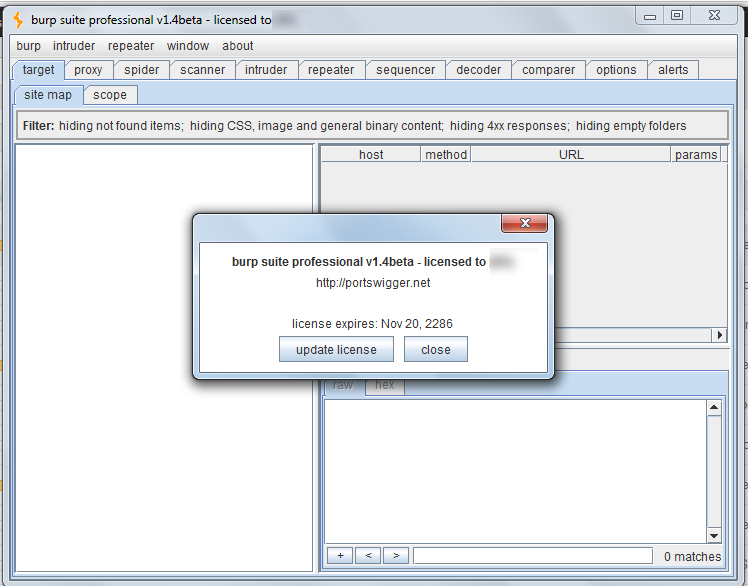

By default, only client requests are intercepted. The Options page has a section for client requests and a section for server responses. The Burp Proxy supports rules to filter which traffic is intercepted, so that if there are a very large number of requests, only the relevant requests are intercepted. The first Burpsuite tutorial on intercepting traffic demonstrates how this can be used to exploit a vulnerable e-commerce shopping site. The content of requests can also be modified before the request is forwarded. You will see all requests that are made as part of loading a page, so if there are multiple API calls being made, you'll see each one as a separate request. Once you do that, you'll see each request come up as it is happening in the browser, and you can Forward the request or Drop it. When you open the browser, it will not intercept traffic by default, you have to click "Intercept Off" to switch it to "Intercept On". You can open the Chromium browser included with Burp, which will use the Burp proxy. One basic use of Burp is intercepting traffic. It also has a built-in Chromium browser that passes all of its traffic through the proxy so that it can be inspected. The Burp Proxy is a proxy server built into Burp that has its own private certificate authority.
Kali burp suite tutorial install#
I used aptitude to install the openjdk-11-jre package, and that's the package causing the above error. Burp has not been fully tested on this platform and you may experience problems."

"Your JRE appears to be version 11.0.14 from Debian. Ran into a problem with the Burp Suite community edition:

Sudo dpkg -i burpsuite_1.7.30-0kali1_all.deb Use KaliTools to install burpsuite on a non-Kali machine: The jarwrapper library is required to install burpsuite:
Kali burp suite tutorial mac#
Use the Mac installer provided by portswigger: Debian Linux Dependencies


 0 kommentar(er)
0 kommentar(er)
